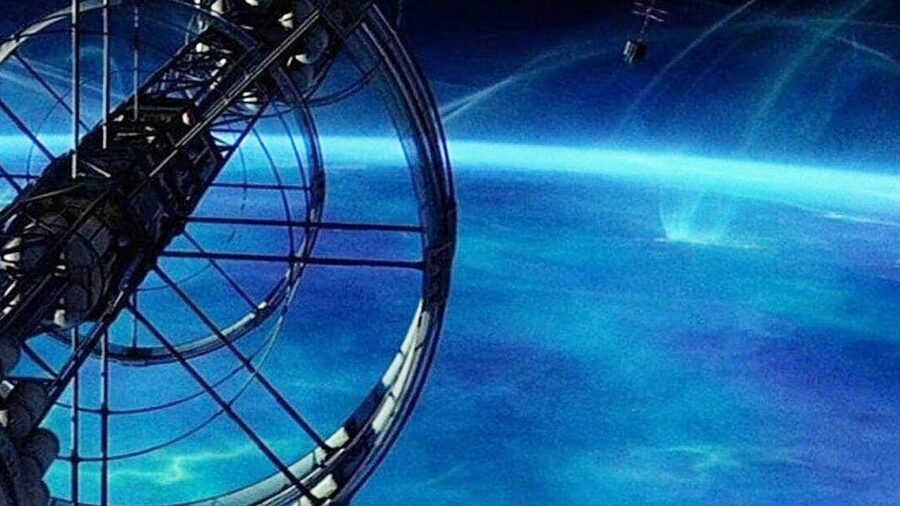Scientists Have Discovered An Ocean Planet With The Possibility Of Life
Scientists have found a distant ocean planet that may be able to support life, just like in that one George Clooney movie.

Scientists have been exploring planets, stars, and other celestial bodies for as far back as anyone can remember. They frequently use ground-based equipment including optical telescopes and space-based equipment, like the Hubble Space Telescope, to make new discoveries. As technology continues to advance at a rapid rate, scientists are now able to study distant galaxies and phenomena such as black holes and neutron stars. More importantly, they’re able to determine if there are other Earth-like planets out there. In fact, an international team of scientists, led by the University of Montreal recently announced the discovery of an ocean planet with the possibility of life.
TOI-1452 b is a planet that is slightly larger than our own and orbits a red-dwarf star approximately 100 light-years away. According to IOP Science via The Astronomical Journal, the planet is potentially rocky and receives twice as much radiation as Earth. Due to the fact TOI-1452 b receives moderate irradiation, it makes it a great candidate for an ocean planet.
During their study of TOI-1452 b, scientists revealed the potential ocean planet orbits one of two small stars in a binary system in the constellation of Draco. The planet appears to be within the habitable zone of its star, meaning it’s neither too hot or cold for liquid water to exist. In fact, one simulation of TOI-1452 b, developed by computer modeling specialists on the team of scientists, showed that water could potentially make up as much as 30% of the planet’s mass. In comparison, Earth’s oceans make up less than 1% even though the surface is 70% water.
The Astronomical Journal reports TOI-1452 b completes an orbit of its star every 11 days, which is considered a year on the planet. It receives approximately the same amount of light from its star as Venus does from our own sun. The star the ocean planet orbits is smaller and cooler than our sun and is estimated to be in a 1,400-year orbit.
The discovery of TOI-1452 b was made with NASA’s James Webb Space Telescope, which is the largest and most complex space telescope ever built. It is able to gather light that has been traveling for 13.5 billion years. The Webb Telescope is able to see directly through massive clouds of dust that block the view of most other telescopes due to its gathering of infrared light. It’s 100 times more powerful than the Hubble Space Telescope, and it’s powerful enough to search for water vapor in the atmosphere of planets orbiting other stars. In other words, the advanced telescope can locate an ocean planet located hundreds of light-years away.
The discovery of TOI-1452 b is an extraordinary achievement by scientists. “TOI-1452 b is one of the best candidates for an ocean planet that we have found to date,” said Charles Cadieux, a Ph.D. student at the University of Montreal.
Scientists have long hoped to discover an ocean planet with Earth-like qualities, and although they’ve identified some planets potentially containing water, confirmation is difficult considering the distance. Oddly enough, although TOI-1452 b is located a distance of approximately 100 light-years away, that’s rather close in astronomical terms. Hopefully as technology continues to advance, scientists are able to make more frequent discoveries, including long-awaited proof that there is life outside of Earth.












